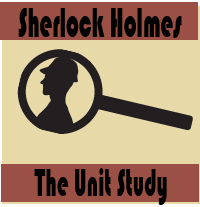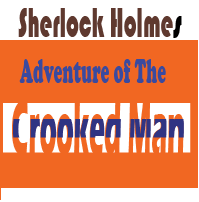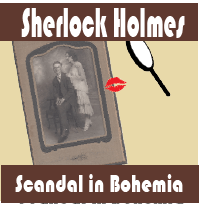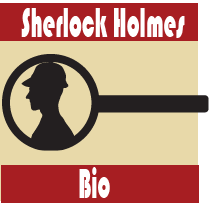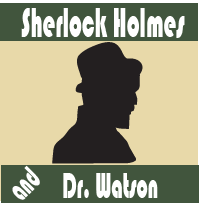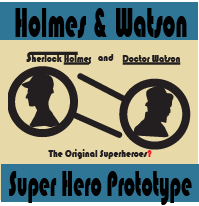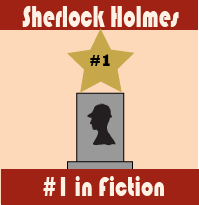Adventure of the Engineer's Thumb Analysis
How did Doyle make The Engineer's Thumb one of the most suspenseful of the Sherlock Holmes tales but one of the least favorite? Analyze the features of this enigmatic short story.

- Colonel Warburton vs Hatherly: Whose story should I tell?
- Watson's Literary Technique
- Background information on Watson
- Analysis of Plot Structure
- Other literary elements
- Strengths and Weaknesses of this particular story
- Happy Ending? Or Not?
Watson's Reason for Writing About the Engineer
Some reader’s (even to this day) object to The Adventure of the Engineer’s Thumb. Nothing Sherlock did made any difference in the outcome, so why include it as a Sherlock story? Doyle must have anticipated this complaint, because Watson addressed it in the first paragraph of the story:Of these the later (Warburton) may have afforded a finer field for an acute and orignal observer, but the other (Hatherly’s thumb) was so strange in its inception and so dramatic in its details that it is may be the more worthy of being placed upon record, even if it gave my friend fewer openings for those deductive methods of reasoning by which he achieved such remarkable results.
Warburton vs Hatherly
So the quote above tells us that Watson considered writing about Warburton or Hatherly. He stated that:- Warburton's case required more observation and deduction.
- Hatherly's case was very strange and very dramatic.
- Hatherly's case gave Holmes less chance to use his methods of deduction which accounted for his fame.
Which Type of Opening is This?
Watson starts each story with a Pre-Introduction that focuses not on the client’s problem but about the quirky Sherlock. Actually, Watson has three different types of story-starters. This story starts with an opening that can be called "Watson’s Dilemma." Watson reminisces on what case he should publish. It’s a little less action-oriented than his other two types of starters, but the careful reader may detect Sherlock’s solution within Watson’s dilemma.Fictitious Reference: Colonel Warburton's Madness
We learn in the sentence above that Watson only brought two clients to Sherlock: Hatherly and Colonel Warburton.He makes the reference to Colonel Warburton almost as if we should know something about it. Doyle made those fictitious references rather frequently.
Not In the Canon: Colonel Warburton’s Madness
If you look up “Colonel Warburton’s Madness” you will find there are stories by this title - but not by Arthur Conan Doyle. (The different stories are not the same even though they share the same title.)People are continuing to develop the stories of Sherlock Holmes: both in movies and in print. Sometimes a writer will develop a case that is referred to in one of the “real” Sherlock stories written by Doyle. Doyle’s original fifty-four short stories and four short novels are referred to as “The Canon.” (The books of the Bible are also referred to as the canon. Canon is a collection that is considered authentic.)
Watson's Techniques as a Storyteller
Facts Slowly Evolve Before Your Own Eyes
One of the critiques we have considered of the stories in this unit study is that Holmes refuses to share his theories with Watson until the end. This creates a striking literary drama with rising action and a climax to the story, but it makes a rather lousy partnership for Watson.I mean, how would you like to have a partner who often asked you to bring your revolver and hinted at danger but didn't tell you what he thought might be so dangerous?
But of course, we as readers have to accept that unequal partnership as part of the means of writing a dramatic deductive story for our entertainment.
In the first paragraphs of this entertaining account, Watson sheds even more light on his (or maybe we should say Doyle's) technique of storytelling:
The story has, I believe, been told more than once in the newspapers, but like all such narratives, its effect is much less striking when set forth en bloc in a single half-column of print than when the facts slowly evolve before your own eyes, and the mystery clears gradually away as each new discovery furnishes a step which leads on the the complete truth.
This gives students two possible writing projects to chose:- Take any Sherlock Holmes story and write a newspaper article about it. Compare it to the original for literary elements and entertainment. OR
- Take any news story (real or fictitious) and turn it into a who-dunnit detective story. You have to sprinkle the clues throughout each step. (Kaleidos students get an opportunity to write their own detective thriller.
Who Is Watson?
The Adventure of the Engineer's Thumb gives some readers a glimpse into the life of their narrator with information about his history.In previous stories readers learned he had been a military doctor, wounded in Afghanistan, returned to England with a limited ability to support himself, and agreed to share the rooms on Baker street because he couldn’t afford much else.
The fact that he now has a wife and a non-military (ie “civil”) practice indicates an improvement in his finances, physical ability, and emotional state. At first, he helped out Holmes because he was unemployed and bored. Now Holmes occasionally seeks him out.
Learn more about Dr. Watson and his life and role in the stories.
A Different Plot Structure In This Story
In a number of ways, this story is different from the typical Sherlock Holmes Plot as pictured in the diagram below.
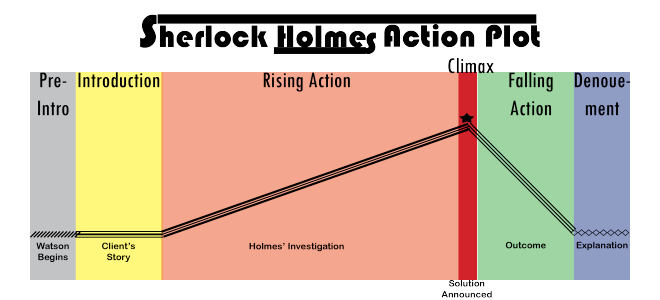
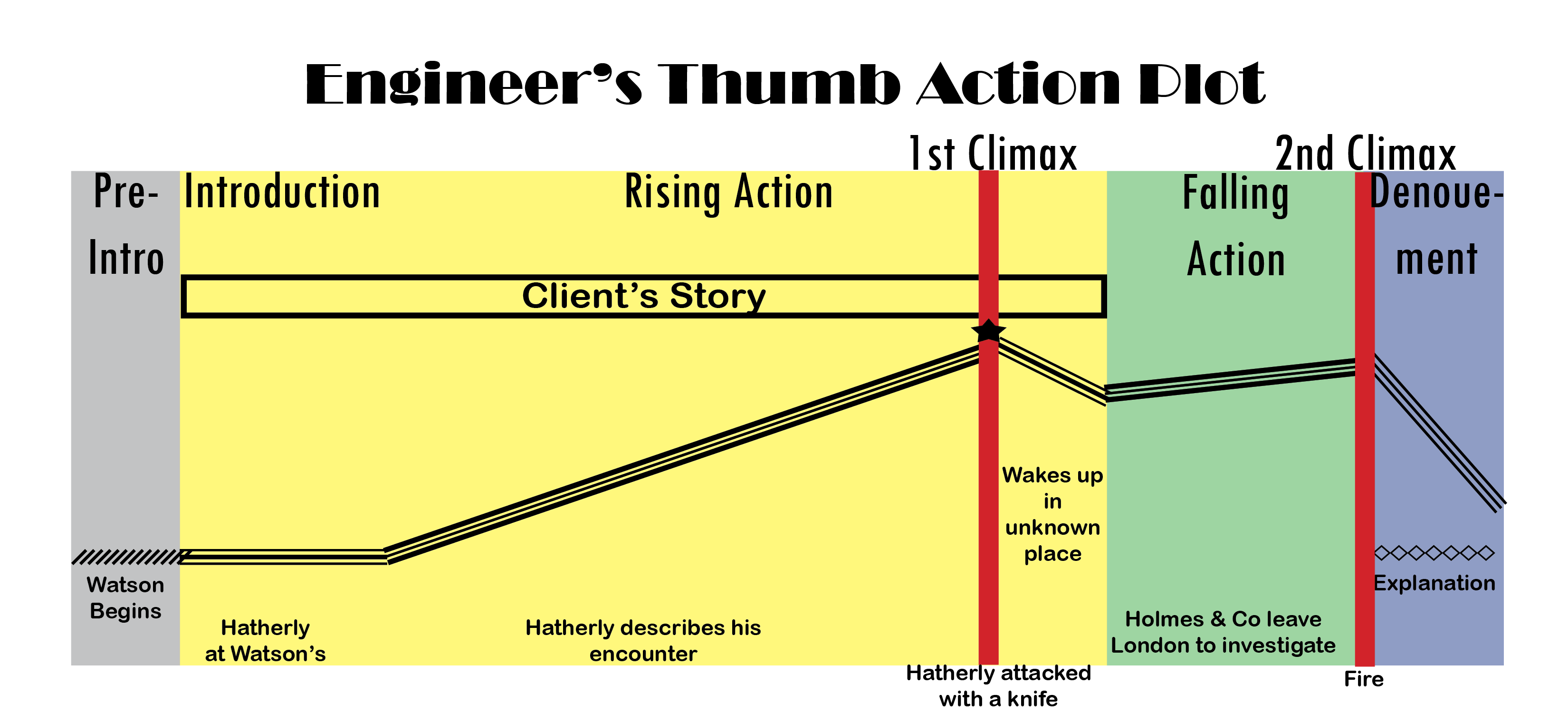
- The introduction describes Hatherly's time in Watson's office. (Usually the introduction is formed by the client's narrative.)
- The client's story includes the rising action, the first climax, and part of the falling action. (The rising action is usually Holmes' investigation.)
- The attack against the engineer is the first climax.
- The client's narrative is a story, within a story, within an outer frame.
- Falling action includes loss of conciousness of the engineer, with a slight increase in action as Holmes and company investigate.
Other Elements of this Plot
Students investigate other literary elements of this particular detective story.- It is a fair play detective story. (Reader and detective learn the clues at the same time.)
- It includes Holme's famous Unexpected Intrusions (he asks the color of the horse.)
- It includes pre-introductory material (the outer framer of the Holmes/Watson narrative which in the end became more important than the individual stories.)
- The criminal, the motivation, and the technique of this case is different from other cases and is revealed in a different manner.
Strengths and Weakness of The Engineer's Thumb
So is this one of the best or the worst of the Sherlock Canon?Critiques of Engineer's Thumb
Here are some of the critiques of this tale:- Sherlock’s deducations do not change the outcome.
- Hatherly makes all bad decisions.
- The outcome is unsatisfying (criminals escape.)
- Sherlock’s final response to Hatherly is unemphathetic.
Strengths of The Engineer's Thumb
Here are some of the best points of this story:- Sherlock solved the problem Hatherly brought to him. ("Where was I and what happened to me?")
- Sherlock also made the connection to a previously unsolved case of another engineer who had disappeared. (Bonus points to Sherlock.)
- Watson chose the case because it was “dramatic” and it is one of the more spell-binding stories.
- Doyle used variety by altering the plot structure.
- Its ending is unexpected. But it is realistic that Holmes could not catch every criminal.
Student Activities
In the unit study, students make a "T" chart to list the strengths and weaknesses of the story.The "T" chart is then used as an example of how to outline an analytical essay.
Students themselves can debate whether they think it is one of his most superb stories or one of the least important.
Happy Ending?
What is your opinion of the ending? Would you call it a happy ending or a bad ending?
Bad: An impoverished engineer is still impoverished and now is missing his thumb. The crooks got away.
Good: The engineer was careless and barely escaped with his life.
Note to Self: If someone swears you to secrecy and then offers you a deal that is too good to be true, don’t take it.
Buy Sherlock Holmes: The Unit Study
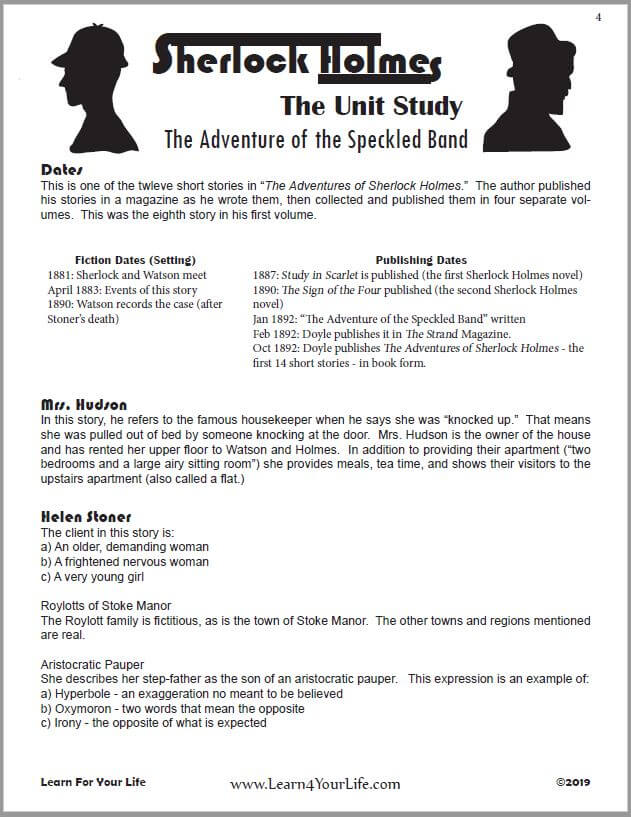
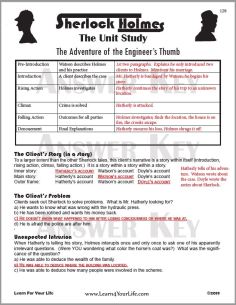
Student Guide AND Teacher's Answer Key Included
$2.99 Download - 183 pages
Eight of the most popular tales demonstrate how to investigate a detective story.
![]()
Sherlock Holmes Pages
A catalog of our pages on Sherlock Holmes.


About Our Site
Hands-On Learning


